Underpainting is an initial layer of paint, which serves as a base for subsequent layers of paint. It is usually done in monochromatic shades of brown or gray, but not always. It serves a number of purposes:
- work out contrast and values using a single color (without having to worry about color matching or mixing complex colors)
- work out composition
- adds a base or an initial layer of paint
- don't worry about small details...just the big values..
- increases the luminosity and depth of color and creates an inner glow
- blank canvases can be intimidating and underpainting takes away that vast whiteness
- work out contrast and values using a single color (without having to worry about color matching or mixing complex colors)
- work out composition
- adds a base or an initial layer of paint
- don't worry about small details...just the big values..
- increases the luminosity and depth of color and creates an inner glow
- blank canvases can be intimidating and underpainting takes away that vast whiteness
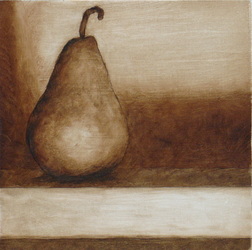
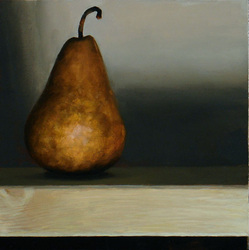
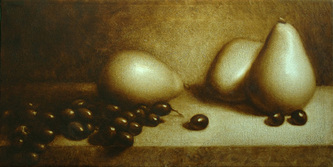
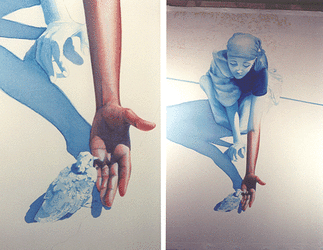
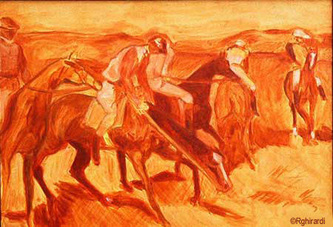
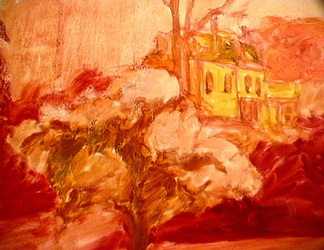
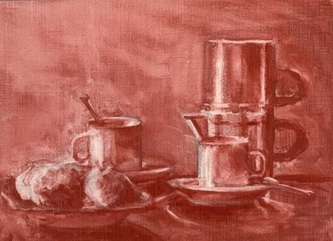
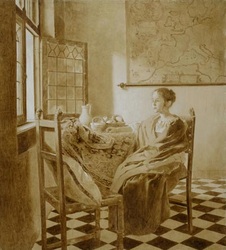
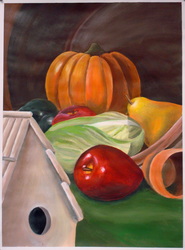
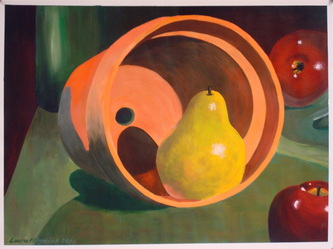
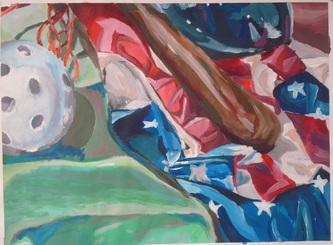
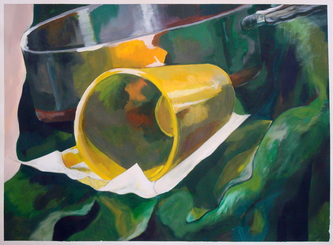
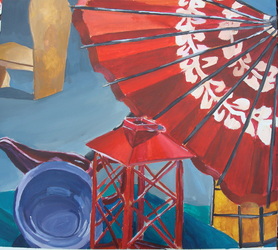
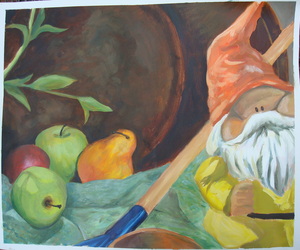
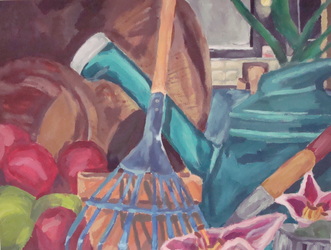
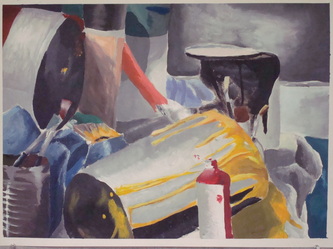
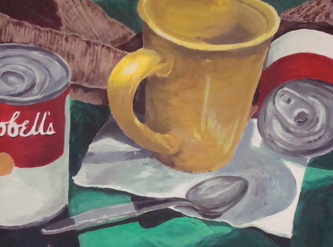
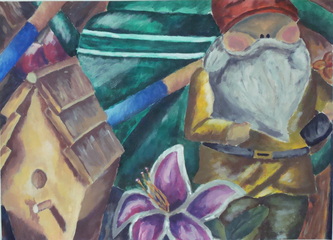
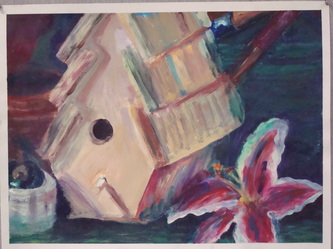
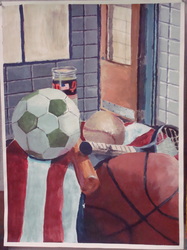
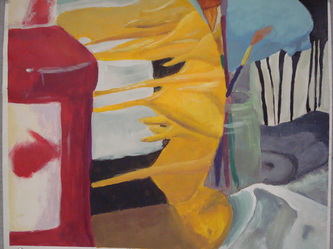
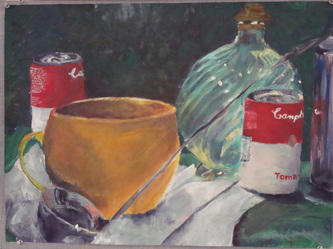
 RSS Feed
RSS Feed